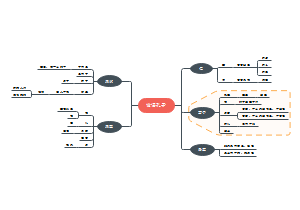1. Non-discrimination. It has two major components: the most favored nation (MFN) rule, and the national treatment policy. Both are embedded in the main WTO rules on goods, services, and intellectual property, but their precise scope and nature differ across these areas.
2. Reciprocity. It reflects both a desire to limit the scope of free-riding that may arise because of the MFN rule, and a desire to obtain better access to foreign markets.
3. Binding and enforceable commitments. The tariff commitments made by WTO members in a multilateral trade negotiation and on accession are enumerated in a schedule (list) of concessions.
4.Transparency. The WTO members are required to publish their trade regulations, to maintain institutions allowing for the review of administrative decisions affecting trade, to respond to requests for information by other members, and to notify changes in trade policies to the WTO. These internal transparency requirements are supplemented and facilitated by periodic country-specific reports (trade policy reviews) through the Trade Policy Review Mechanism (TPRM). The WTO system tries also to improve predictability and stability, discouraging the use of quotas and other measures used to set limits on quantities of imports.
5. Safety valves. In specific circumstances, governments are able to restrict trade. The WTO's agreements permit members to take measures to protect not only the environment but also public health, animal health and plant health.









